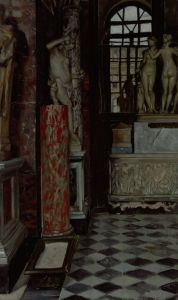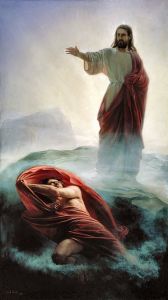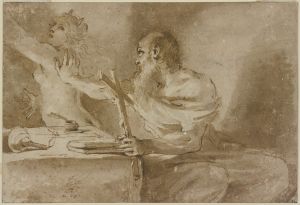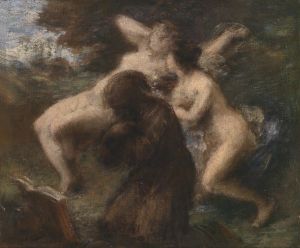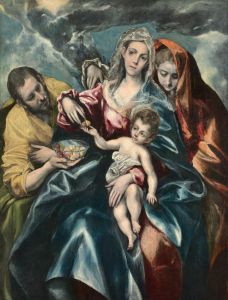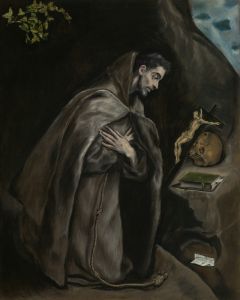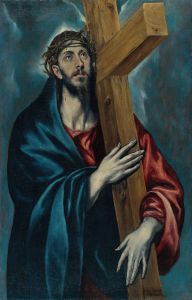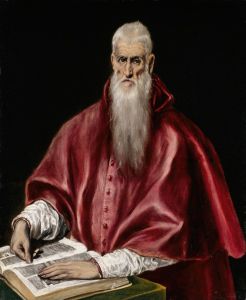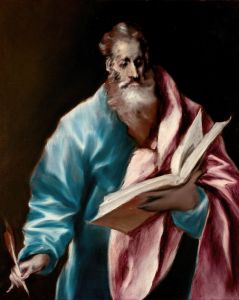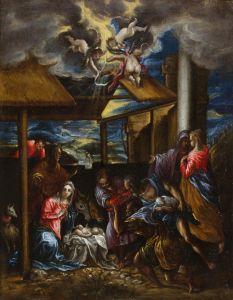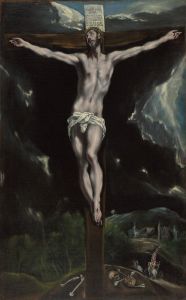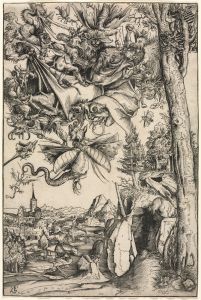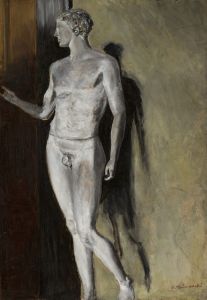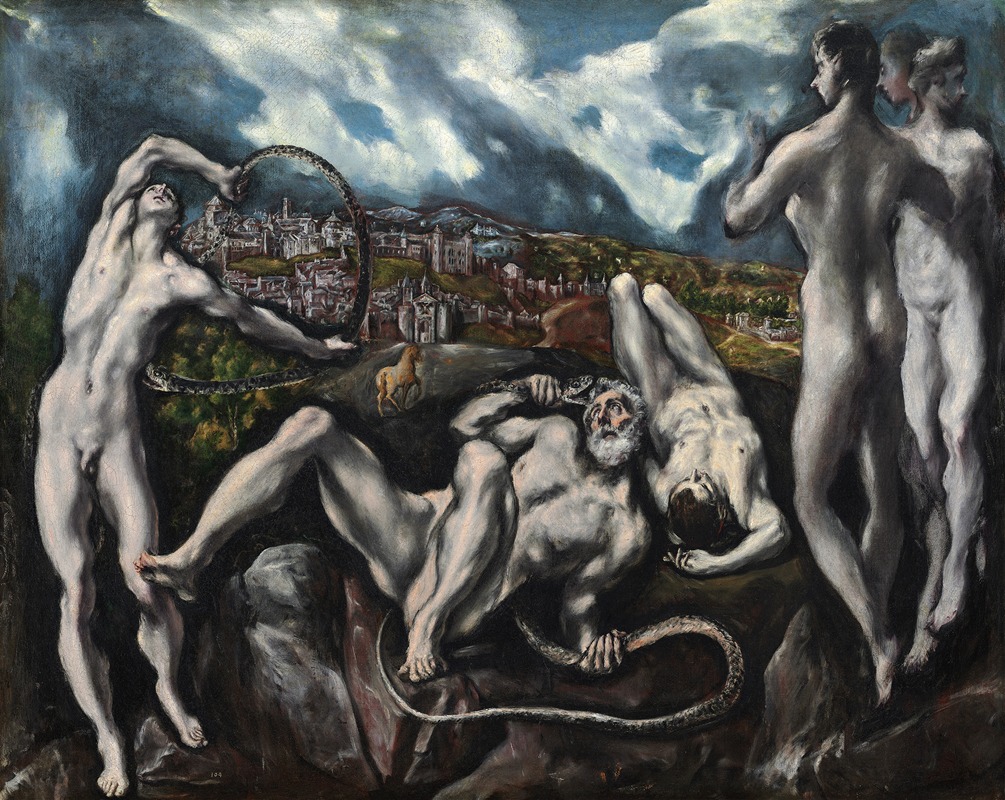
Laocoön
A hand-painted replica of El Greco (Domenikos Theotokopoulos)’s masterpiece Laocoön, meticulously crafted by professional artists to capture the true essence of the original. Each piece is created with museum-quality canvas and rare mineral pigments, carefully painted by experienced artists with delicate brushstrokes and rich, layered colors to perfectly recreate the texture of the original artwork. Unlike machine-printed reproductions, this hand-painted version brings the painting to life, infused with the artist’s emotions and skill in every stroke. Whether for personal collection or home decoration, it instantly elevates the artistic atmosphere of any space.
"Laocoön" is a painting by the renowned artist El Greco, whose real name was Domenikos Theotokopoulos. El Greco was a prominent painter, sculptor, and architect of the Spanish Renaissance, known for his distinctive style that combined elements of Byzantine traditions with Western painting techniques. He was born in Crete, which was then part of the Republic of Venice, and later moved to Spain, where he spent the majority of his career.
The painting "Laocoön" is believed to have been created between 1610 and 1614, during the later years of El Greco's life. It is currently housed in the National Gallery of Art in Washington, D.C. The work is notable for its dramatic and expressive style, characteristic of El Greco's mature period.
"Laocoön" depicts the famous mythological story of Laocoön, a Trojan priest, and his sons being attacked by sea serpents. This narrative originates from Greek mythology and is most famously recounted in Virgil's "Aeneid." According to the myth, Laocoön warned the Trojans against bringing the wooden horse into the city, suspecting it was a Greek trick. In retaliation, the gods, who favored the Greeks, sent serpents to kill him and his sons.
El Greco's interpretation of this myth diverges from traditional representations by placing the scene in a contemporary setting, with the city of Toledo visible in the background instead of ancient Troy. This anachronistic choice reflects El Greco's tendency to blend historical and contemporary elements, a hallmark of his artistic vision. The figures in the painting are elongated and twisted, showcasing El Greco's unique approach to human anatomy, which emphasizes emotional intensity over realistic proportions.
The composition of "Laocoön" is dynamic and filled with movement, capturing the chaos and terror of the mythological scene. The use of color is bold and expressive, with a dramatic contrast between light and shadow that heightens the emotional impact of the painting. El Greco's brushwork is fluid and energetic, contributing to the overall sense of drama and tension.
"Laocoön" is often regarded as one of El Greco's masterpieces, exemplifying his innovative style and his ability to convey complex emotional narratives through his art. The painting reflects El Greco's deep understanding of both classical mythology and the artistic traditions of his time, while also showcasing his unique vision that set him apart from his contemporaries.
El Greco's work, including "Laocoön," had a significant influence on later artists, particularly those of the Expressionist movement, who admired his ability to convey emotion and spirituality through distortion and abstraction. Today, El Greco is celebrated as one of the most important figures in the history of Western art, and "Laocoön" remains a testament to his enduring legacy.





